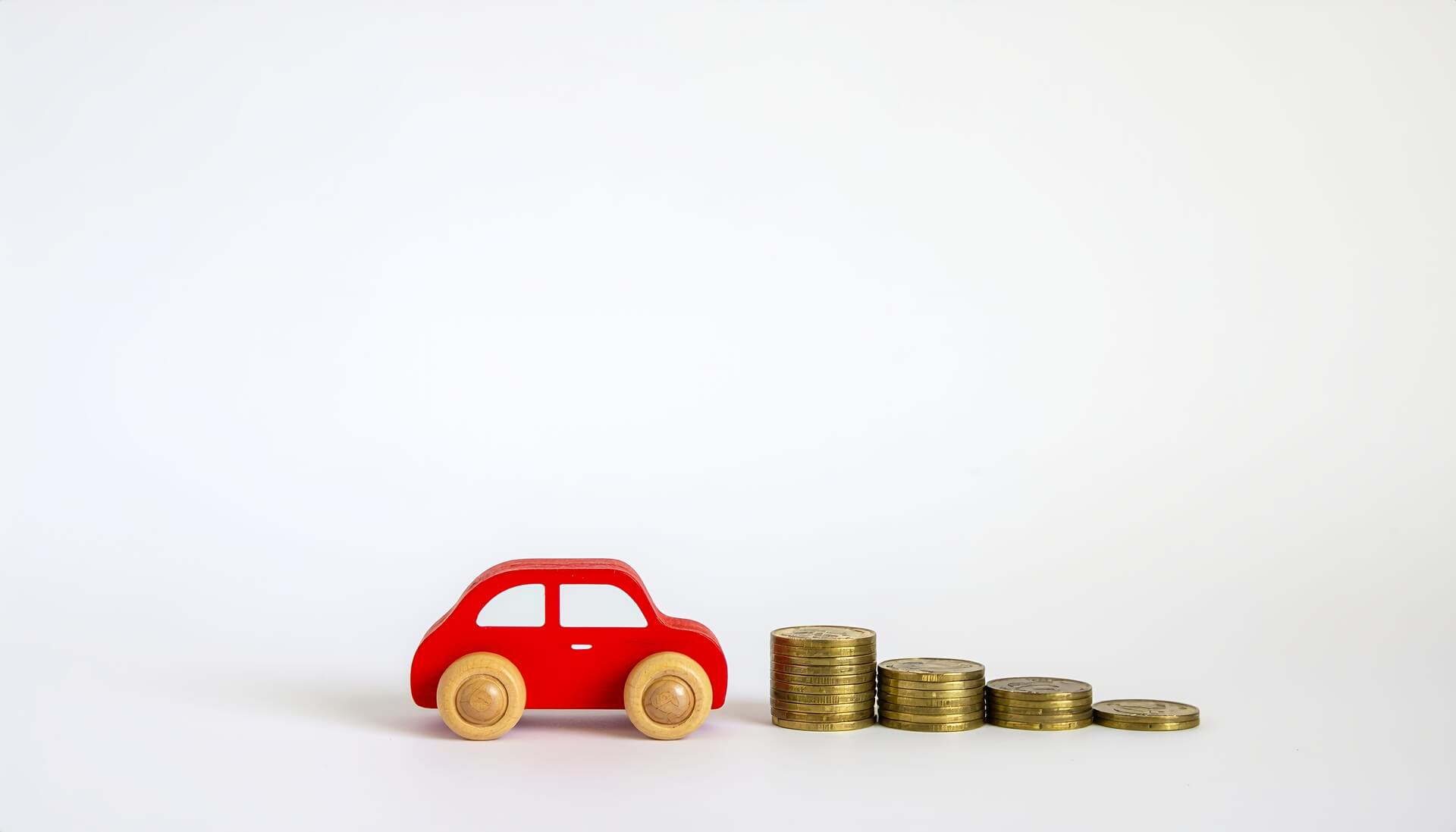
How Much Car Insurance Is Too Much? Where Coverage Stops Being Helpful

by Erin Anderson
When it comes to car insurance, most of us start with one goal: make sure you're covered. But somewhere between wanting to be protected and fearing the worst, it's easy to wonder:
"Do I actually need all of this… or am I overpaying for coverage I'll never use?"
It's a fair question — and one that could be costing you hundreds of dollars a year if you don't know where to draw the line.
Let's break down where insurance is essential, where it's recommended, and where it might be more coverage than you need.
Start With the Must-Haves
Every state (except New Hampshire and Virginia) requires drivers to carry liability insurance — which covers:
- Bodily injury you cause to others
- Property damage you cause in an accident
These state minimums are non-negotiable — but as we've covered in this post, they're often not enough to fully protect you in a serious crash.
✅ Bottom line: You need enough liability coverage to protect your income and assets in case of a lawsuit — usually at least 100/300/100 is recommended.
When More Is Better: Optional but Smart Coverage
There are several types of optional coverage that can be worth every penny — but only if they fit your car, lifestyle, and budget.
✅ Collision & Comprehensive
- Collision: Covers damage to your car in an accident
- Comprehensive: Covers theft, vandalism, natural disasters, animal strikes, etc.
These are usually worth having if:
- Your car is newer or valuable
- You're leasing or financing
- You couldn't afford to replace your vehicle out of pocket
Not worth it? On older cars where the payout after a claim wouldn't be much more than the premium and deductible combined.
✅ Uninsured/Underinsured Motorist Coverage (UM/UIM)
This protects you if someone hits you and doesn't have enough insurance — or any at all. It's especially valuable in states with high numbers of uninsured drivers.
✅ Medical Payments / Personal Injury Protection (PIP)
This helps cover medical costs for you and your passengers, regardless of who's at fault. It can be useful even if you have health insurance — but you might not need it if your health plan already covers accident-related expenses well.
✅ Roadside Assistance, Rental Reimbursement, Gap Insurance
These extras can be convenient — but aren't always necessary for every driver.
When You Might Be Over-Insuring
Now let's talk about the flip side — where more coverage stops being helpful, and just starts draining your wallet.
🚫 Paying for Collision on a Very Old Car
If your car's value is under $2,000–$3,000, the cost of collision coverage + deductible might be more than what the insurer would pay out in a claim.
✅ Quick check: Look up your car's Kelley Blue Book value and compare it to your premium and deductible. If the math doesn't add up, it may be time to drop collision.
🚫 Overly Low Deductibles
Lower deductibles mean higher premiums. If you rarely make claims and have an emergency fund, choosing a $1,000 deductible over a $250 one can save you money year after year.
🚫 Double Coverage
You might be paying for coverage you already have elsewhere. For example:
- Your credit card might offer rental car insurance
- Your health insurance might cover accident injuries
- Your car warranty may already include roadside assistance
It's worth checking before you pay twice.
🚫 Excessive Add-Ons
If your insurer offers a long menu of optional protections (glass-only coverage, trip interruption, etc.), it's smart to ask:
- What's my actual risk?
- How often would I use this?
- Would I be better off saving this money instead?
How to Find Your Coverage Sweet Spot
Here's a quick framework to figure out if you're overpaying:
| Coverage | Keep It If… | Skip It If… |
|---|---|---|
| Collision & Comprehensive | Your car is newer, financed, or hard to replace | Your car is older or worth less than $3K |
| Low Deductible | You'd struggle to pay out of pocket in an emergency | You can afford to cover repairs upfront and want lower premiums |
| Rental Reimbursement | You rely on your car daily and have no backup | You can share a car or use public transit temporarily |
| Roadside Assistance | You drive a lot or don't have AAA/another plan | You already have coverage elsewhere |
| Gap Insurance | You're leasing or have a small down payment on a new car | Your loan is nearly paid off or your car has high equity |
The Bottom Line
Having car insurance is non-negotiable — but over-insuring can quietly cost you more than it's worth. The right coverage strikes a balance between being protected and financially smart.
If you haven't reviewed your policy in a while, now's the time. A quick tune-up to your policy can save you money — without leaving you exposed on the road.
👉 Compare quotes, adjust deductibles, and cut coverage that no longer makes sense for your situation.